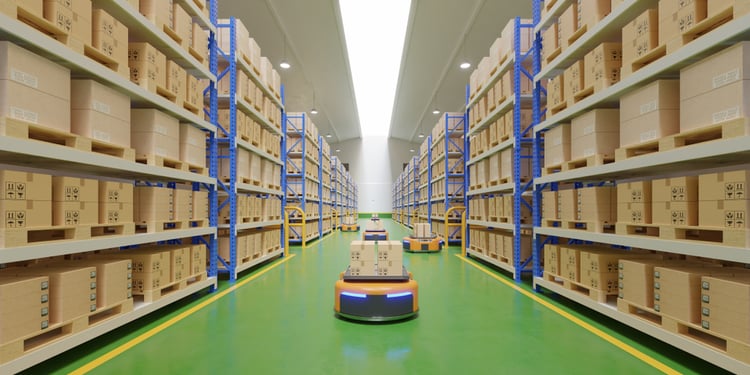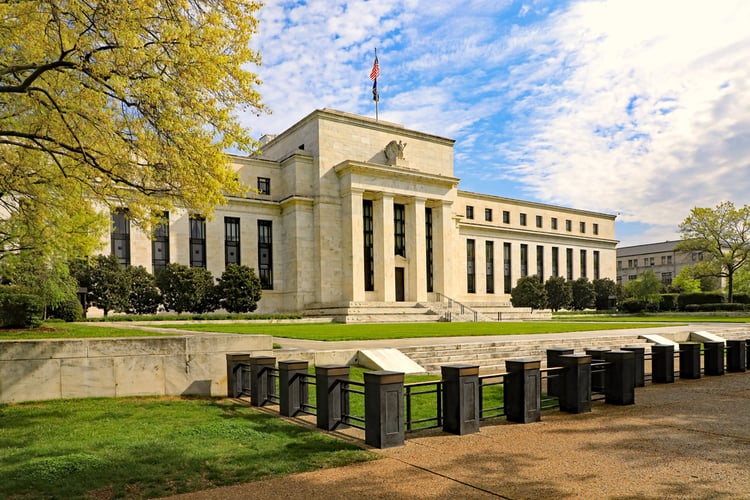4 Reasons To Repurpose Commercial Buildings in 2021
.jpg?width=1750&height=276&name=shutterstock_1043213947%20(1).jpg)
The growth of e-commerce in 2020 brought significant changes to the commercial real estate sector. Retailers are less interested in opening physical stores, and instead they need data centers and urban warehouses to support online sales. Many properties that were previously malls and department stores are vacant, but they can be repurposed to become profitable again.
In March, the Fed announced that the federal funds rate will be kept at 0.00-0.25% until 2023. This influences interest rates in the entire US banking system, and developers will continue having access to low-interest loans in the near future. Commercial real estate companies can take advantage of this to finance adaptive reuse projects.
Get a professional MEP design for your building repurposing project.
In this article, we will discuss four reasons why 2021 is the right time for adaptive reuse projects. Commercial landlords who are struggling with low occupancy can repurpose their buildings based on the current market demand.
1) Retailers Need Fulfillment Centers Close to the Customer

A few years ago, two-day delivery was a premium service when purchasing online. However, customers expect same-day delivery for many types of projects, or even 1-hour delivery. The easiest way to accomplish this is by bringing warehouses closer to the customers, but this is not possible with traditional warehouses - they require too much space, and land availability is limited in urban locations.
Micro-fulfillment centers or MFCs have become an attractive option for online retailers, using robotics to achieve compact storage and 10x faster order picking. Instead of setting up a typical distribution center in a space of over 500,000 sf, retailers can deploy MFCs in spaces smaller than 10,000 sf. An MFC of this size has a typical cost of $3-5 million, while offering a payback period of 2-3 years.
2) Businesses in General Need More Data Centers

Many companies resorted to e-commerce and working from home as social distancing measures against COVID-19, but these ways of doing business also bring permanent benefits. Even companies who were reluctant at first have now experienced the speed and convenience of tools like videoconferencing, cloud-based file sharing and online payment processing. However, all these processes and applications must be hosted somewhere.
The demand for data center services is on the rise, and a recent study by Deloitte Insights reflects this. While commercial real estate sectors like hotels and retail have been struggling since 2020, funds from operations increased by 18.1% in the data center sector. Landlords can repurpose empty stores and other commercial spaces for the needs of data centers, attracting tenants and making those properties lucrative again.
3) US Interest Rates Are Low

Construction projects have lower costs over time when they are financed with low-interest loans, and this applies for adaptive reuse. Commercial landlords can take advantage of this to finance their repurposing projects, and there will be higher profits after subtracting loan payments and operation costs from the rent collected.
Low-interest loans can also be used to finance energy efficiency measures and onsite renewable generation, as part of a repurposing project. While this increases the project cost, the energy savings are often higher than the corresponding increase in loan payments.
If the space needed is available, commercial developers can also use low-interest loans to deploy solar panels. There is a 26% federal tax credit for homes and businesses who deploy solar power systems before the end of 2022.
4) Construction Material Prices Could Be Higher Soon
.jpg?width=750&name=shutterstock_679057459%20(1).jpg)
Low interest rates have stimulated construction activity, but this has a negative consequence that cannot be ignored. The price of key construction materials has been rising due to high demand, and this includes lumber and steel. For example, the National Association of Home Builders (NAHB) recently reported that single-family homes are now more expensive by $24,000, as a consequence of lumber prices alone.
Low interest rates will continue driving construction activity, and the $2-trillion infrastructure plan from the Biden Administration will create even more demand for key materials. Commercial landlords who start their repurposing projects quickly can avoid higher material prices in the future. With the help of a professional MEP engineering firm, developers can get their projects designed and approved without delays, while optimizing material and labor costs.

Michael Tobias
Michael Tobias, the Founding Principal of NY Engineers, currently leads a team of 150+ MEP/FP engineers and has led over 4,000 projects in the US
Join 15,000+ Fellow Architects and Contractors
Get expert engineering tips straight to your inbox. Subscribe to the NY Engineers Blog below.

